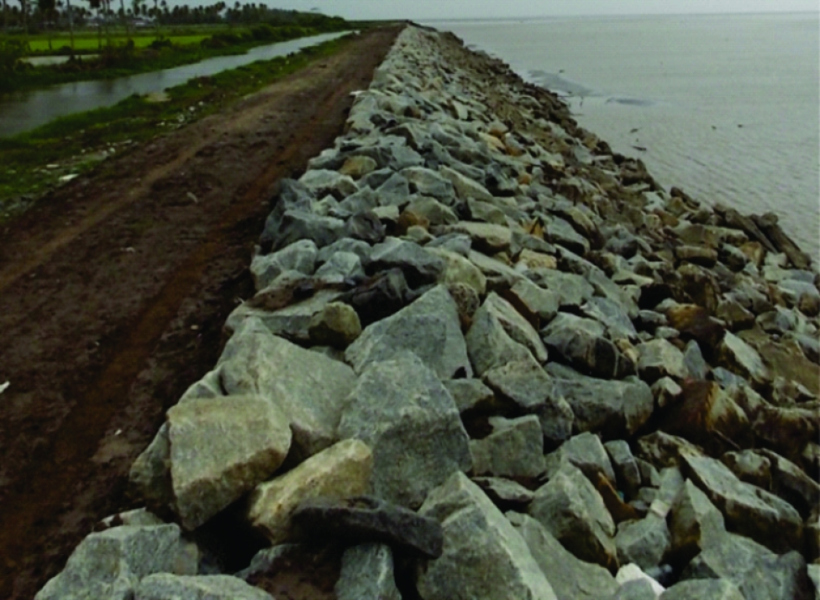This will serve to diversify the country’s agricultural infrastructure, aligning with its climate-smart development focus.

More than 110,000 metres of sea defences are currently being maintained nationwide.
Minister of Public Works Bishop Juan Edghill made the disclosure on day three of the Guyana Energy Conference and Supply Chain Expo, at the Marriott Hotel in Kingston, Georgetown, on Thursday.
The minister was at the time outlining significant infrastructural development in Guyana, which include the construction of new hotels, ICT hubs, hospitals, schools, stadiums and transformative roadway enhancements.
Minister Edghill explained that the sea and river defence works aim to safeguard agricultural lands from saline water.
Over the last four years, about 23,900 metres of new sea defence structures have been constructed along the coast.
This year’s allocation will see coastal defence projects being undertaken in key areas, including Belladrum, Bengal, Den Amstel, Onderneeming, and Zeelandia.
The government is building over 200 kilometres of drainage canals in Regions Five, Six and Two to further improve drainage and flood management.
The Ministry of Agriculture in collaboration with the National Drainage and Irrigation Authority has already installed 19 pump stations along the coast, and these will complement the 40 mobile pumps that have already been procured and are ready to be deployed to outlying areas.
The public works minister reminded that this lends to the PPP/C administration and CARICOM’s ambitious food security agenda.
“We are taking seriously the agenda where they’re moving to reduce the CARICOM import bill by 25 per cent in the year 2025. Guyana has done extensive work in diversifying our agriculture, but we have to keep the saline water off the land,” the minister stressed.
Transport and Logistics
Minister Edghill also recognised several other projects pushing the government’s transformational infrastructure goal, particularly the potential establishment of a deep water harbour.
While there has been no final decision on this, the minister said the government is considering a railway system to facilitate the smooth movement of containers from the proposed deep water harbour to Lethem and on to Northern Brazil.
“We all know in the movement of goods and the economy of scales, rail is still the cheapest form, and we are looking at an alignment that could move containers from the deep water harbor all the way through our forest into Lethem and into northern Brazil. Railway is something that is under consideration to drive economic growth,” he told the conference.
The public works minister, who also holds responsibility for the maritime and aviation sectors, emphasised that these investments will diversify the economy and improve connectivity. (Department of Public Information)













